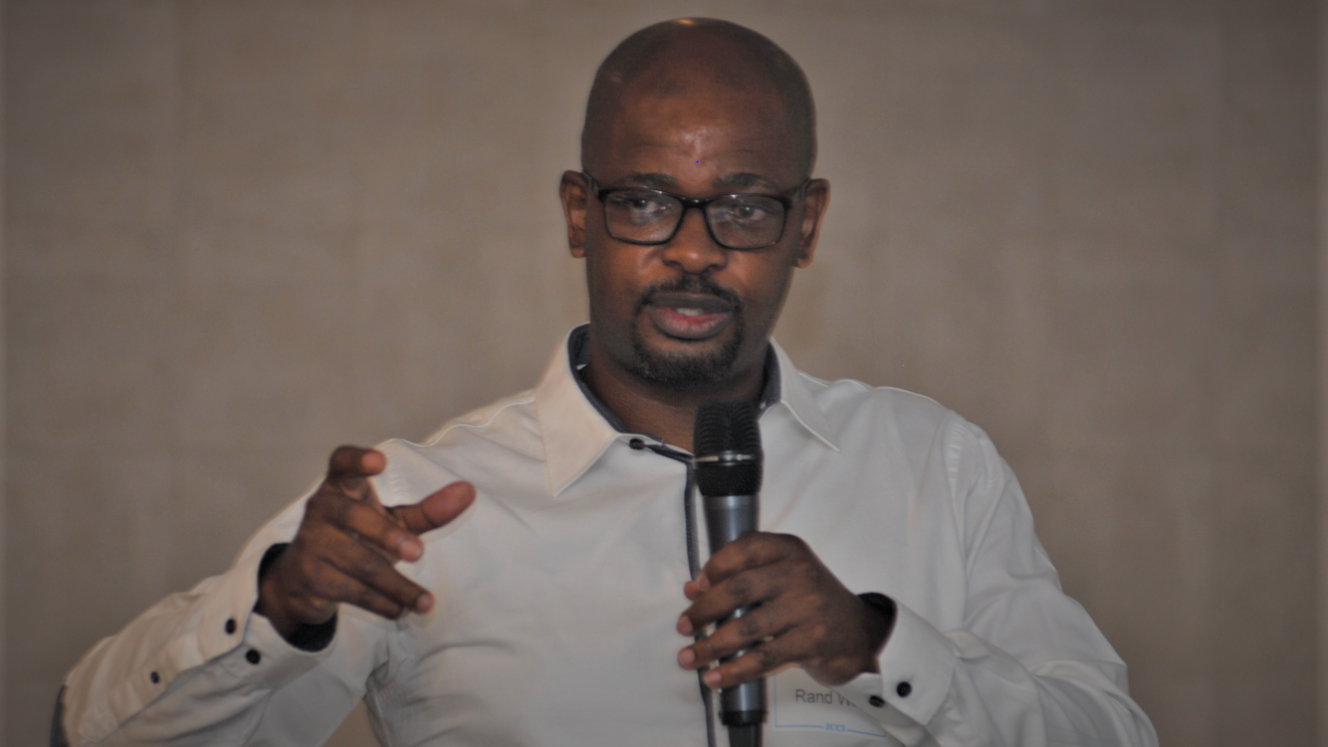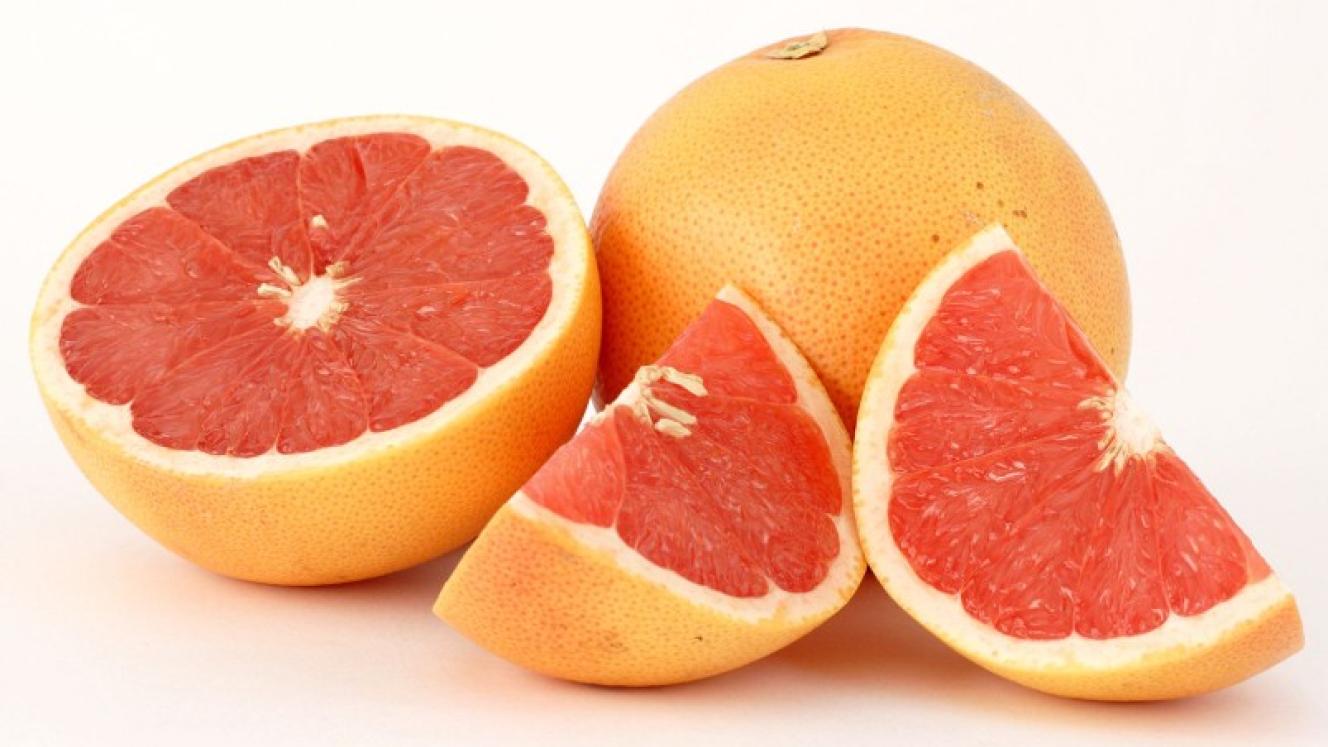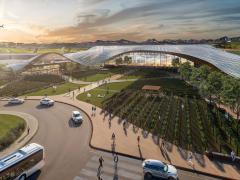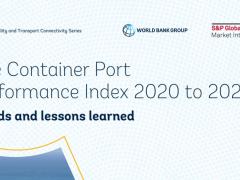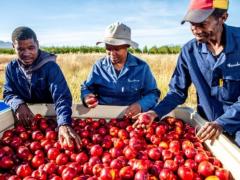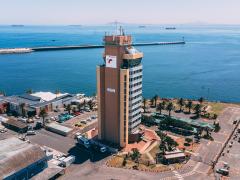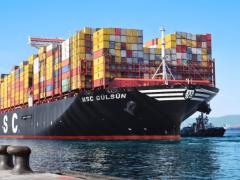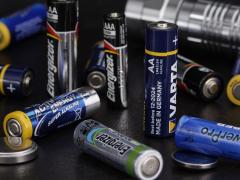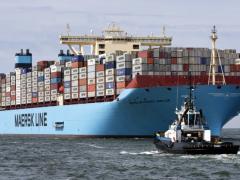Six per cent of all water pumped to municipalities by Rand Water is lost to clients because of inadequate or failing infrastructure.
In comparison, leaks on the municipal end amount to a loss of 35-40% before water reaches residential consumers – a figure that often spikes to more than 50%.
As a result, the Gauteng water supplier is considering instituting “flow control” to worst-case culprits like Emfuleni (Vaal Triangle) and other delinquent councils for their inability to manage water properly.
That’s according to Anthony Els, senior planning engineer at RW who was speaking during a Rand Water presentation earlier today at the Johannesburg Chamber of Commerce and Industry.
Els specifically mentioned Emfuleni as one of the municipalities in Gauteng where “the least amount of efficiencies and the lowest amount of performance” sums up the council’s municipal incapacity.
For an area that ironically is situated right on the Vaal River, Gauteng’s most important water source, “their wastage is a problem, and the possibility of difficulty (with regard to adequate water management) quite high”, Els said.
In addition to the headaches experienced with clients such as Emfuleni, Rand Water executive Aubrey Nxumalo explained that water wastage was a major issue.
The pipeline asset manager pulled up data showing that, compared to a global average of about 110-120 litres per person per day, the consumption average for Gauteng exceeded 300 litres a day.
Nxumalo remarked that at face value it seemed that residents simply would not accept the fact that South Africa had, since the 1990s, moved from a water-stressed country to a water-scarce country.
Moreover, if South Africa continues to waste water at the rate it does, it will be in the bottom 10 of countries with the least amount of available fresh water per capita, increasing the possibility of relying on outside sources for pumped water, according to Nxumalo.
“The abuse of water has become normal,” he said. “And the pattern of abuse has become acceptable. To water your garden at midday when the sun’s out and evaporation is high is simply not acceptable.”
Els added that to mitigate against loss, Rand Water had a capital expenditure forecast of R28 249 million for work required to maintain and improve its hard infrastructure over the next five years.
But it didn’t just come down to improving infrastructure, Els said. It required a mind shift among consumers, he argued, accepting that water was a scarce resource.
